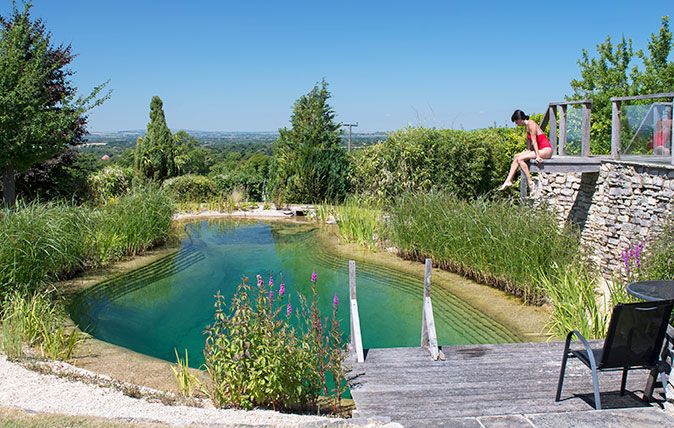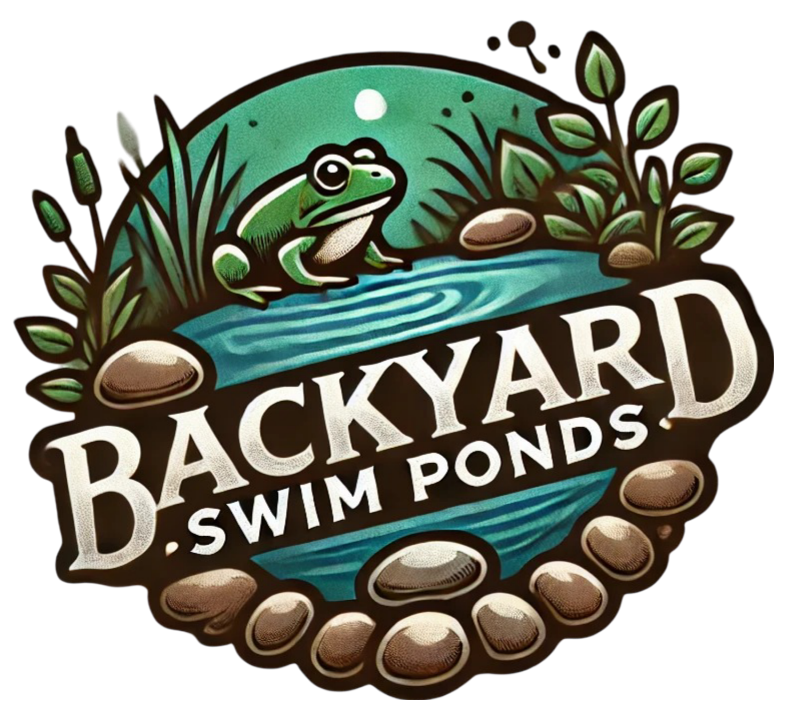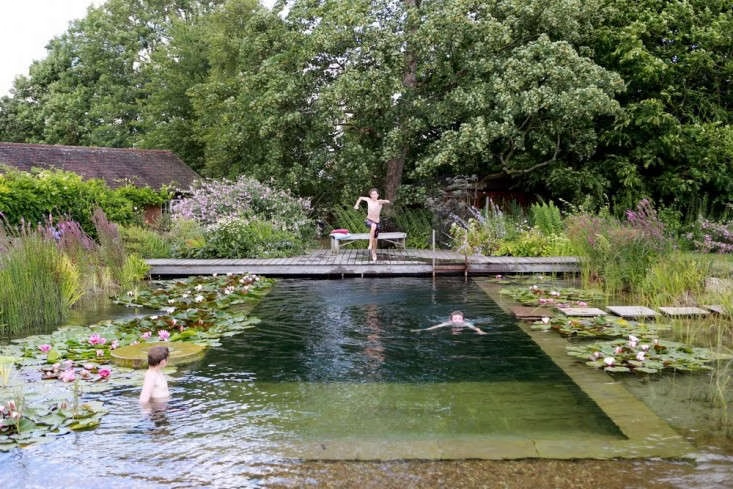As communities search for sustainable alternatives to traditional swimming pools, natural swimming ponds have emerged as a viable option. These eco-friendly swimming areas not only provide a unique swimming experience but also contribute positively to the local environment and enhance biodiversity. This case study explores successful community transitions from chlorinated pools to natural swimming ponds, highlighting practical insights, budgeting tips, and a call for community engagement to encourage you to share your pond transformation stories.
Transforming Your Space The Allure of Natural Swimming Ponds
Natural swimming ponds have become increasingly popular as sustainable alternatives to traditional pools. They are designed to mimic natural water bodies, offering you a serene space for swimming while promoting biodiversity. By employing biological filtration systems that leverage aquatic plants and healthy bacteria, natural ponds provide a cleaner swimming environment free from harmful chemicals.
Unlike chlorinated pools, which often repel wildlife and lack aquatic life, natural ponds attract various creatures, such as frogs, dragonflies, and useful insects. The lush landscapes around these ponds not only beautify your garden but also create vibrant ecosystems that foster sustainable living.
While the initial installation costs for a natural swimming pond can be higher, the long-term maintenance expenses are generally much lower. Research indicates that traditional pool maintenance costs can range from $7,150 to $8,750 over five years, while a natural pond may require just $900 to $2,500 during the same period.
Beautifully integrated natural swimming pond (Source: Gardenista)
From Pool to Paradise A Step-by-Step Guide to Transformation
If you’re considering transforming your traditional swimming pool into a natural swimming pond, you might be wondering how to start. Following a well-structured process can help ensure ecological balance and a beautiful outcome.
-
Cease Chemical Use: Begin by stopping all chemical treatments in your pool. This step involves turning off pumps and filters that typically introduce unnecessary chemicals into your water.
-
Modify the Filtration System: You’ll need to adjust your existing filtration system to accommodate biological methods. This often includes installing a regeneration zone featuring aquatic plants that naturally purify the water.
-
Create Regeneration Zones: This is a vital step that usually requires an area about the same size as your swimming space. This zone will house plants that filter the water and provide habitat for local wildlife.
-
Introduce Aquatic Life: Finally, you can add native fish and aquatic plants to establish a thriving ecosystem around your pond. It’s important to consider environmental factors and spatial requirements during your design.
Research shows that properly constructed natural ponds can meet recreational standards mandated by health authorities, allowing for safe swimming. Understanding this conversion process can help you decide whether to tackle this project as a DIY endeavor or enlist the help of professionals.

Diagram illustrating the transformation process (Source: BioNova)
Sustainable Transformation Budgeting for Your Swim Pond
When budgeting for your new swimming pond, you may feel overwhelmed by initial costs, but the long-term financial benefits can be significant. The upfront expense of a natural swimming pond might exceed that of a traditional pool, depending on the preparation and materials chosen. However, with effective budgeting strategies, this transition can be manageable.
On average, maintaining a traditional chlorinated pool can cost between $1,430 and $1,750 every year. In contrast, a natural pond typically incurs maintenance costs ranging from about $180 to $500 annually, resulting in considerable savings over time.
-
Initial Costs vs. Long-Term Savings: While the installation of natural ponds may require a higher initial investment, the ongoing savings from the elimination of chemical treatments can accumulate quickly.
-
DIY vs. Hiring Professionals: If you feel comfortable with home improvement projects, a DIY approach can save you money. However, hiring professionals can ensure a well-executed design and installation, protecting your investment and enhancing safety.
Breaking the project into manageable stages can also ease financial pressure while allowing you to enjoy your garden’s evolving space.

Infographic on reducing pool running costs (Source: Astral Pools)
Ecosystem Enrichment The Environmental Impact of Swim Ponds
Natural swimming ponds play an important role in local ecosystems while providing leisure opportunities for communities. These ponds not only enhance biodiversity but also serve as natural habitats for various species.
Natural swimming ponds create safe spaces for wildlife such as frogs, birds, and beneficial insects. They also support water purification through their own filtration systems, thereby decreasing the need for energy-intensive mechanical systems that traditional pools rely on.
-
Chemical-Free Environment: The absence of harmful chemicals creates a safe and nurturing habitat for various organisms, while preventing contamination of local ecosystems.
-
Water Conservation: Natural ponds require far less frequent draining and refilling than traditional pools, thus conserving precious water resources.
-
Reduced Mosquito Populations: Surprisingly, natural ponds can help control mosquito populations by attracting natural predators, such as dragonflies, making your outdoor space more enjoyable.
These ecological benefits reflect nature’s resilience and highlight how creating natural swimming ponds can benefit both the environment and your recreational experience.

Wildlife thriving around a natural swimming pond (Source: Future)
Community Connection Engaging with Local Initiatives and Success Stories
Community involvement is essential to the successful transition to natural swimming ponds. Not only do these initiatives create public spaces that residents take pride in, but they also strengthen community ties through collaboration and shared efforts.
Examples from successful local projects, such as the Minneapolis Park initiative, showcase the benefits of converting traditional pools into natural ponds. The project highlighted the effectiveness of partnerships between local governments, residents, and environmental organizations.
Encouragingly, sharing your transformation stories can motivate others to embark on their own journeys. Consider organizing workshops and events to foster participation in the planning and maintenance processes.
Fostering these community relationships opens doors to partnerships with local environmental organizations, allowing for shared knowledge and resources that ensure your pond’s long-term sustainability.

A community event focusing on natural swimming pools (Source: The New York Times)
Join the Conversation Sharing Your Pond Journey
Your pond transformation story is valuable. Sharing your experiences can inspire others and foster a sense of community. Whether you’re a DIY enthusiast or starting fresh, documenting your journey can provide insights and encouragement for those considering a similar project.
-
Document Your Experience: Maintain a journal or blog to track your progress. Share both your successes and challenges, as every journey offers learning opportunities.
-
Join Online Communities: Participate in forums or social media groups focused on gardening, sustainable living, and landscaping. Sharing your work can offer valuable advice to others and gain insights from their experiences.
-
Engage Locally: Give presentations or workshops at community centers or local schools. By demonstrating the ecological benefits and aesthetic pleasures of natural swimming ponds, you can inspire others to make similar changes.
Inspiring others to appreciate and care for their outdoor spaces fosters community engagement and raises awareness of sustainable practices.

A personal journey of pond transformation (Source: YouTube)
Conclusion
Transitioning from traditional swimming pools to natural swimming ponds is more than just a home improvement; it’s a way to create a more sustainable, visually attractive environment that benefits both individuals and the wider community. By embracing this transformation, you enhance local ecosystems, support biodiversity, and promote community engagement that can inspire others.
This journey from adversity to beauty is achievable for any outdoor enthusiast, garden owner, or DIY homeowner. Whether you tackle this project yourself or collaborate with your community, every step contributes to a more sustainable future. Your story has the power to inspire others, and together we can cultivate a greener, more beautiful world.

